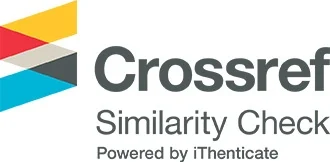Assessment of Gallstone Disease in Libya Correlated to Age and Gender; Ultrasound Use for Diagnosis Proved by Surgical Operations
DOI:
https://doi.org/10.65137/lmj.v6i1.98Abstract
Purpose: Gallstone disease (GSD) is a common disease and a worldwide problem leading to surgical intervention. The purpose of the study was to find out the assessment of gallstone disease correlated to age and gender in the a population sample from Zliten area Libya.
Patients and method: Our study was conducted for 2477 Libyan patients that were referred to polyclinics and teaching hospital in Zliten over the period of 12 months. The examined patients were including both gender and various age groups, between 10 and 90 years. Ultrasound method was used for abdominal examination and found 242 affected patients with GSD proved by surgical operation.
Results: The rate of the affected patients with GSD among the total examined patients was 9.77 % affected with GSD and showed variable frequency corresponding to age and sex. The affected female patients with GSD more than the affected male patients with ratio of 4:1
Conclusion: GSD affected females more than males with mean age for both sex of 45.33±15.77 year as well as the frequency was similar to many countries in the world.








